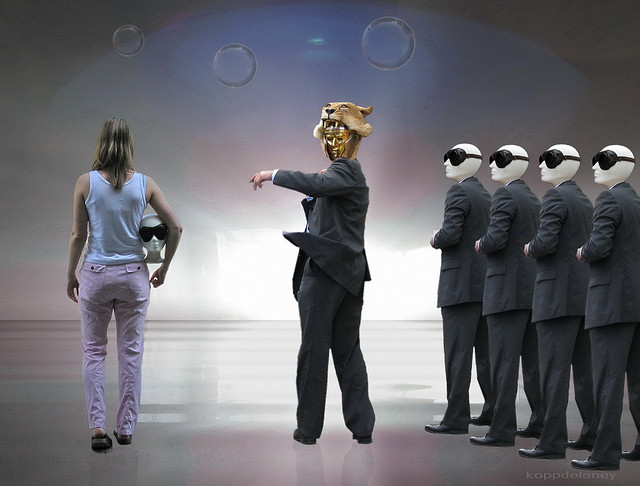One of my favorite American authors, Edith Wharton, said “habit is necessary, it is the habit of having habits, of turning a trail into a rut, that must be incessantly fought against if one is to remain alive.”
In life, it is important to be aware of your habits and to know whether or not your trails are ruts. This principle also applies to marketing when you decide what methods and strategies are ruts and which are trails to continue following. In addition to marketing, you can also think of social media in terms of trails and ruts.
To understand habits better, listen to this story on NPR: Habits: How They Form, and How to Break Them. To break it down, every habit begins with a “habit loop,” which is a psychological process that develops in three steps. The first is the cue, or trigger, that switches your mind into automatic mode. Then, you perform the action, or habit, and something in your brain likes the behavior and helps it to remember this trigger for the future.
Habits can be really great– for example, it makes it easier to parallel park, or post something on a Facebook page. Your habits of uploading a photo, adding a caption, and throwing in some hashtags before posting make working on social media easier than relearning the process every time. The New York Times business writer Charles Duhigg says, “You can do these complex behaviors without being mentally aware of it all. Because that’s the capacity of our basal ganglia: to take a behavior and turn it into an automatic routine.”
Additionally, there is a segment of the loop Duhigg discusses that is applicable to life habits, but not to social media. He says, “The weird thing about rewards is that we don’t actually know what we’re actually craving.” In social media, or marketing, the rewards are pretty apparent. If it’s more efficient to physically post something or create a campaign, and then ROI and reach increases, the marketing effort is deemed successful. So, it’s easy to identify the “rewards” those marketing brains seek when the force of habit kicks in.
The danger of this, though, is that too many years of habit can turn that trail into a rut. Do a quick spot test by scrolling down the last few months of your Facebook page. Is it all the same variety of posts (links, text, or photos?) Do you post photos of the same thing over and over (a post that may have been successful once, but is losing its luster?) Do you find yourself returning to the same words or phrases in every Tweet you send? If so, you might be in a rut.
Checks and balances can help you avoid this, and it’s important to have multiple people play a part in your social media. Even if there’s a specific person for each account (which is necessary for a cohesive brand strategy), a team approach ensures that your social media will not become stagnant. Don’t let your habits be in charge of your marketing, rather integrate different voices and variety into your social media to keep the dynamism going strong. That’s not to say habits can’t be a good thing– but use them wisely.
Image credit: CC by Hartwig HKD




